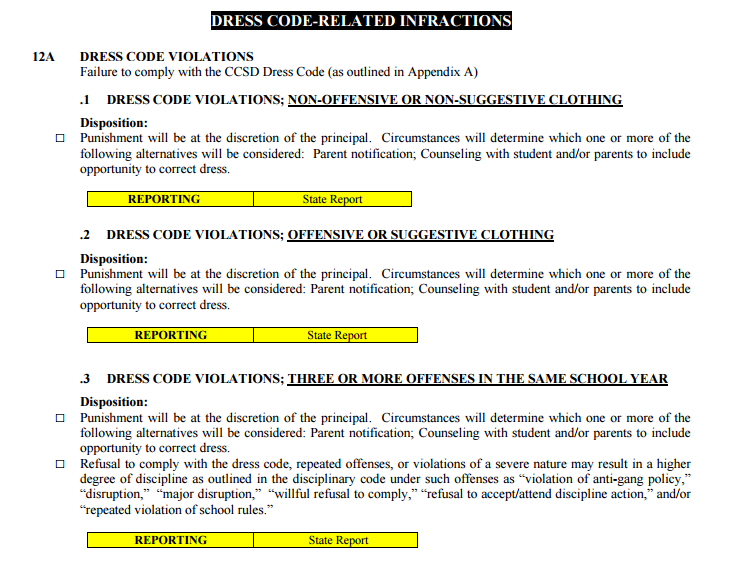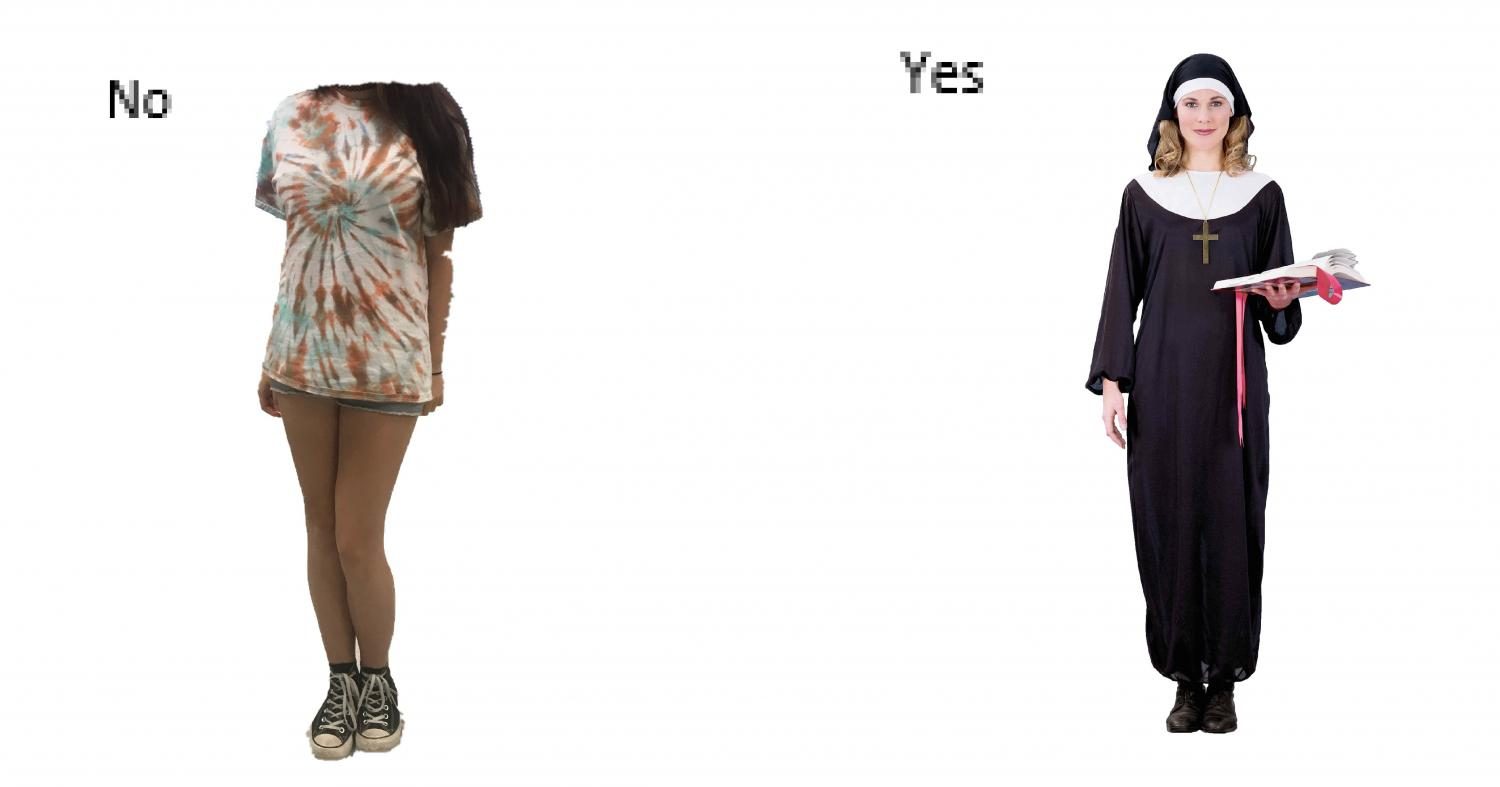Dress code: battle of the sexes
May 23, 2017
Etowah has yet again broken out into another feud over the school dress code regulations, and students, parents, and faculty have something to say about it.
“There are certain things that are disrespectful, like taking your hat off when walking into a building,” Alexandria Wiley, math teacher, said.
The dress code consists of no tanks tops with the straps less than three fingers in width, no shorts shorter than where your fingertips at your side end, and no hats in the building.
“It prepares them [students] for the real world. They have rules and regulations,” Sandy Yarbrough, faculty, said.
The dress code is implemented because school is seen as a place of professionalism, and the school board not only expects its teachers and administration to look polished, but the students, as well. The school board came up with the dress code, and it is found in the county’s handbook.
“Well, personally it does not affect me, but it does bother me how is effects a lot of the girls here,” Ian Notarthomas, sophomore, said.
Some schools crack down on: the length of shorts and skirts, tank tops, exposed midriffs, visible undergarments, plunging necklines, inappropriate footwear, hats, sunglasses, piercings, and clothing affiliated with a wrong message.
Two sides: a student’s story
There are two sides to every story. While the school board sees one thing, the students see another, and most of them are seeing red right now.
The school has been relaxed on the dress code for years, but with the departure of Keith Ball, the arrival of a new principal brought back strict adherence to the dress code. The dress code is not new news, and students need to know that. In the beginning of the year, every student receives pages of paperwork to fill out. And every year, both students and parents sign off on the form that states they will abide by the dress code. The only thing the school has control over, dress code wise, is how laboriously it is enforced.
“I understand where they are coming from, but I also think it needs to be reasonable. Some of us are taller than others, and it is hard to find shorts that are not ‘too short’,” Grace Kerlin, junior, said.
Out of the two genders, females are the ones who have more to say. They argue that the dress code is implemented because what they wear is a distraction to the males around them, and they think they should not have to conform what they wear in order to not distract guys. A lot of the girls on the Etowah campus argue that the dress code is ridiculous because of the outdoor campus, and the dress code limits them to wearing clothing comfortable for the weather. Girls claim by dress coding them, the school is taking away from the female students’ education because the faculty is sending them to go change during class interrupting their learning. When in reality, the girls are taking away from their own education because they know what the dress code is yet blatantly choose to ignore it. It is not the fault of the teacher who dress codes the students; the fault belongs solely to the students. It is the student who chooses to be dress coded.
Some students may get teased or harassed about the clothes they wear because their choices are too provocative. This can lead to students being called crude names in the hallways or being lambasted on social media. The school board is aware of this, and that is one of the reasons why they try to enforce the dress code.
Social media is also an outlet for spreading your opinion. But tread carefully, you could find yourself in many disagreements. You can post your personal stories about getting dress coded all you want, but all it takes is for one person to come along and disagree with you in order to start an all-out cyber brawl.
“The dress code is the dress code. There is not much we can do about it,” John Sallee, freshmen, said.
The other side: a parent’s tale
Some students believe that the principal is in charge of the dress code, and often students lash out and blame him or her. The students rebel by making posters, writing letters, starting petitions, or blatantly breaking the code.
“I think the dress code has gone to an extreme that is impractical, is insulting to the males, and is victim-blaming the females…[this] is something women are fighting against in other cultures and countries,” Nicole Casquejo, Etowah parent, said.
Some high schools in the country limit students to wearing pre-selected outfits or uniforms. In some areas of the world, students are required to wear school uniforms, and over half of the public schools in America have a strict dress code. Uniforms exist so the county does not have to put up with all of the disputing between parents and students. According to an article published by “Credit Donkey”, a statistics website, in 2015, 41 percent of students agreed that since wearing uniforms, there has been less gang activity, and graduation rates have risen almost eight percent since the uniforms were forced.
Some uniform policies eliminate the problem of kids comparing themselves to one another. Uniforms make everyone equal.
The school does not limit students on piercings, tattoos, hair color, and excessive use of make-up. There are plenty of ways for students to ‘express themselves’ without breaking the rules.
To any students struggling with the concept of dress code, may your shorts be the proper length and your straps be three fingers in width!

